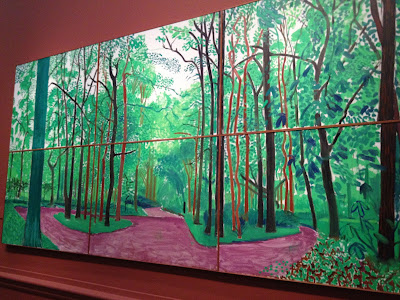The interactivity will be more unpredictable and interesting when viewers are allowed to participate into a working progress. Because it means that they can carry on the visual work with the artist and give their contributions to the project, which is an attractive way for visitors to join. On the other hand, it is also unsearchable and animate for the artist because of the indeterminable final effect.
For example, Circle of Confusion is a related work that made sense by audience’s participation. It is a work about the using of image-change that designed by the artists Joana Hadjithomas and Khalil Joreige. They produced an interactive work on the legacy of political conflict in their home country. Frieling introduced that Circle of Confusion depicts an aerial view of Beirut after the war, cut into three thousands tessellated sections and attached to a gigantic mirror. On the back of each numbered fragment is the message “Beirut does not exist.” They invited viewers to remove and scatter those three thousand fragments of a photograph of the city image. Besides, when the viewer takes away a piece as a souvenir, a part of the mirror will be revealed outside. In the process of the participation of viewers, the graphic photos of the city are changed randomly; therefore, the works show a flexible and transformable interactivity between the photograph of the city, the viewers and the gallery space.
In this case, the more the mirror uncovered; the better the reflection of the context in which the installation is being shown. It means that the reflection becomes part of the image. Importantly, the definition of the room and the control of the work are grasped by audience. Audience can choose which one they want to remove, they can grasp the city and they can redefine the works by their participation. Furthermore, The artist Joana Hadjithomas and Khalil Joreige said, “every time we put this work on show, people react differently. When a person takes a piece, there is something fetishistic in this choice, but that fetishism has meaning only for the person making the choice, since it is often just a grainy bit of the photo.”
In consequence, it is effective to combine image-changing graphic system with audiences’ participation in the working process in an exhibition space. For the expression of graphic language, changing the image irregularly is a flexible way to use graphics, such as the mentioned mapping graphic system. At the same time, when viewers join in the image-changing event in process, it shows the tremendous expressive qualities of interactivity.

.jpg)



























